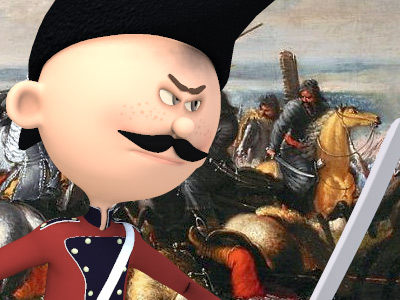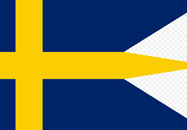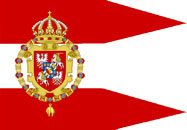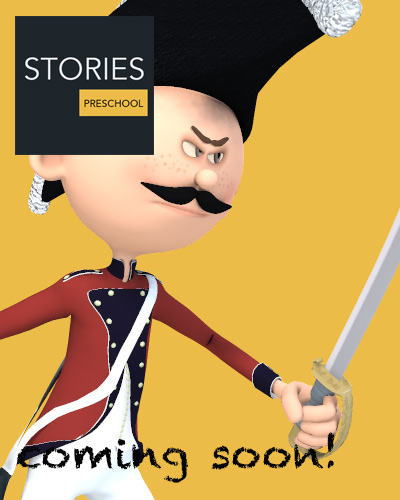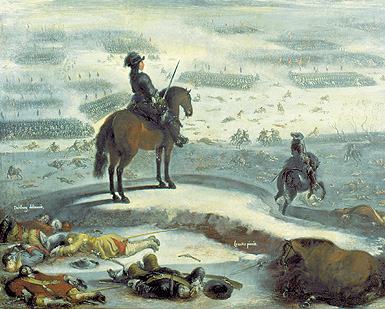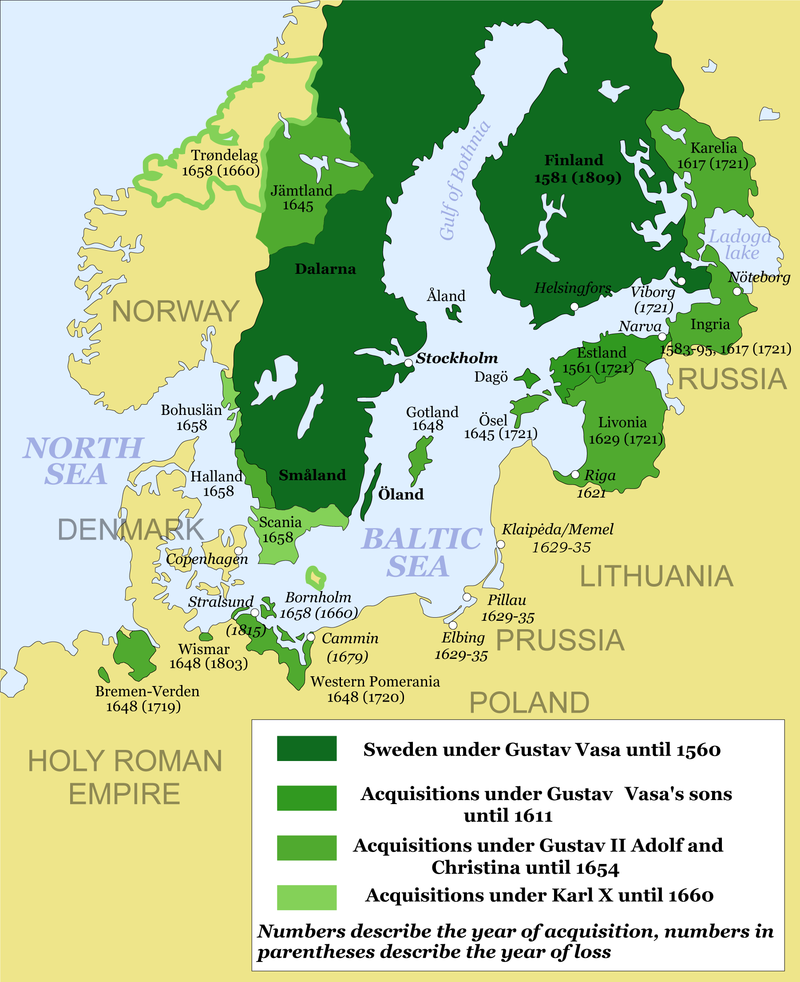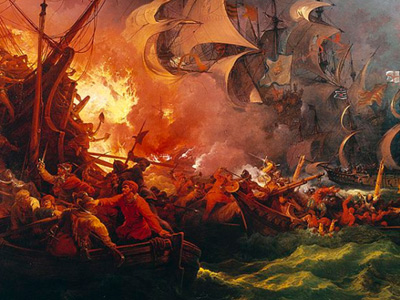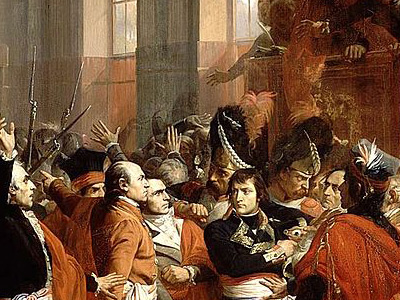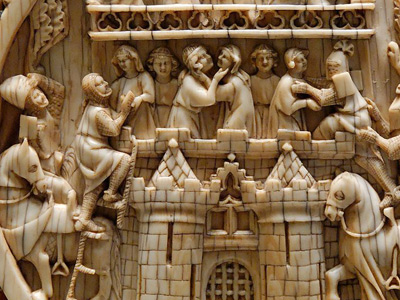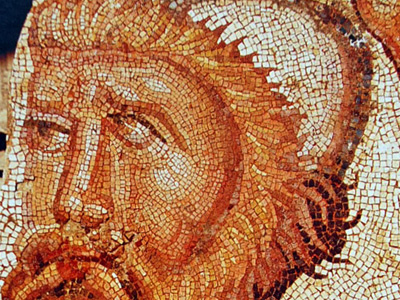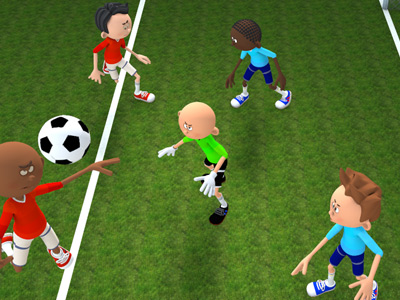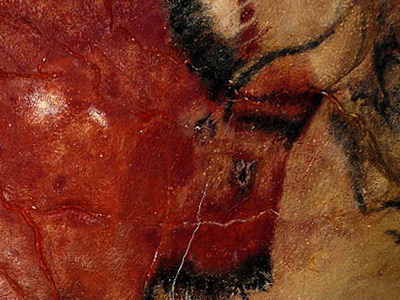Second Northern War (1655–1660)
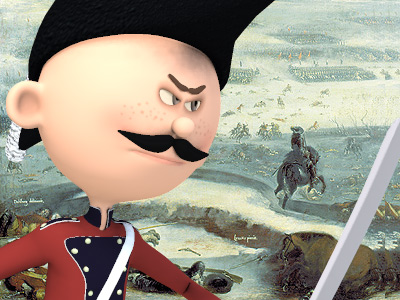
Polish–Lithuanian Recovery
The "deluge" and religious differences between the primarily Protestant Swedes and the primarily Catholic Poles, resulting in cases of maltreatment and murder of Catholic clergy and monks as well as cases of looting of Catholic churches and monasteries, gave rise to some partisan movements in the Swedish-occupied territory. A guerilla force attacked a small Swedish garrison at Koscian in October 1655 and killed Frederick of Hesse, brother-in-law of the Swedish king. The Pauline monastery Jasna Góra in Częstochowa successfully resisted a Swedish siege throughout November 1655 to January 1656. On 20 November a manifesto was issued in Opole (Oppeln) calling for public resistance and the return of John II Casimir, and in December a peasant force took Nowy Sącz. On 29 December, the partisan Tyszowce Confederation was constituted under participation of Lanckoroński and Potocki, and on 1 January 1656 John II Casimir returned from exile. Later in January, Stefan Czarniecki joined in, and by February most Polish soldiers who were in Swedish service since October 1655, had switched sides to that of the confederation.
Charles X Gustav, with a force of 11,000 horse, reacted by pursuing Czarniecki's force of 2,400 men, confronting and defeating him in the Battle of Gołąb in February 1656. Charles X Gustav then intended to take Lwow, but his advance was halted in the Battle of Zamość, when he was nearly encircled by the growing Polish–Lithuanian armies under Sapieha and Czarniecki, and barely escaped on 5 and 6 April breaking through Sapieha's lines during the Battle of Sandomierz at the cost of his artillery and baggage. A Swedish relief force under Frederick of Baden was destroyed by Czarniecki on 7 April in the Battle of Warka. In the same month, John II Casimir with the Lwów Oath proclaimed Virgin Mary queen of Poland, and promised to lift the burdens inflicted on the peasantry if he regained control.
HISTORY
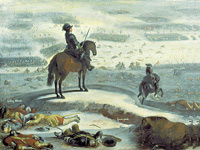
RESOURCES
This article uses material from the Wikipedia article "Second Northern War", which is released under the Creative Commons Attribution-Share-Alike License 3.0.
© Stories Preschool. All Rights Reserved.
